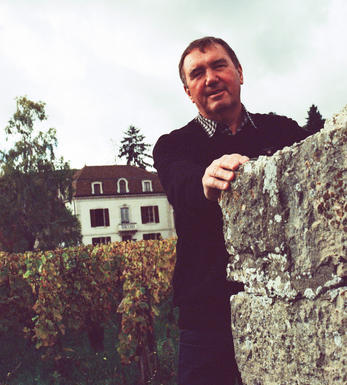
2012 Pommard, Les Fremiers, 1er Cru, Domaine Louis Boillot

Critics reviews
Neal Martin - 30/10/2015
Stephen Tanzer - Vinous, November 2014
About this WINE

Louis Boillot
Louis shares his cellar with his other half, Ghislaine Barthod , under their home in Chambolle, overlooking Les Feusselottes. He is part of the Boillot family from Volnay, which explains the quantity of his vineyard holdings in the Côte de Beaune.
Since striking out on his own in 2003, he has been able to maximise the potential of his many disparate small parcels – he makes 16 wines from less than seven hectares – many of which are notable for the exceptional age of their vines.
He expanded into Moulin-à-Vent in ’13 and subsequently into Fleurie, fulfilling a long-held ambition. His and Ghislaine’s son Clément is now officially in charge, while Louis focusses on his viticulture. As yet, there are no discernible changes.
In the winery
“Non-intervention” is the word here, and Louis prefers to let his old vines speak for themselves. Everything is destalked, and the wines are bottled without fining or filtration.

Pinot Noir
Pinot Noir is probably the most frustrating, and at times infuriating, wine grape in the world. However when it is successful, it can produce some of the most sublime wines known to man. This thin-skinned grape which grows in small, tight bunches performs well on well-drained, deepish limestone based subsoils as are found on Burgundy's Côte d'Or.
Pinot Noir is more susceptible than other varieties to over cropping - concentration and varietal character disappear rapidly if yields are excessive and yields as little as 25hl/ha are the norm for some climats of the Côte d`Or.
Because of the thinness of the skins, Pinot Noir wines are lighter in colour, body and tannins. However the best wines have grip, complexity and an intensity of fruit seldom found in wine from other grapes. Young Pinot Noir can smell almost sweet, redolent with freshly crushed raspberries, cherries and redcurrants. When mature, the best wines develop a sensuous, silky mouth feel with the fruit flavours deepening and gamey "sous-bois" nuances emerging.
The best examples are still found in Burgundy, although Pinot Noir`s key role in Champagne should not be forgotten. It is grown throughout the world with notable success in the Carneros and Russian River Valley districts of California, and the Martinborough and Central Otago regions of New Zealand.


Buying options
Add to wishlist
Description
Medium red. Exhilarating high-pitched aromas of redcurrant, crushed cherry, blood orange, spices and mint. Densely packed and sweet, showing a compelling juiciness to its red fruit flavors that reminded me more of 2013--and fresher in bottle than it appeared to be from barrel last year. Finishes with silky, suave tannins and terrific slowly mounting length. This should evolve very slowly.
Stephen Tanzer - Vinous, November 2014
wine at a glance
Delivery and quality guarantee